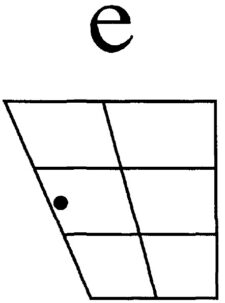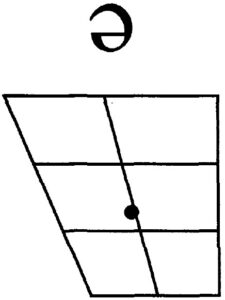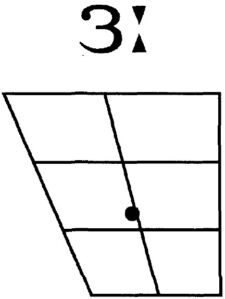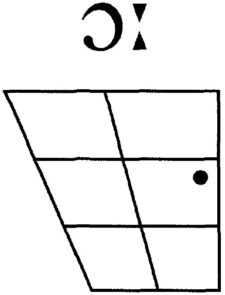Mid vowels
For mid vowels the tongue is neither high nor low in the mouth. Moving from / e / through to / ɔː /, we also notice the different positions of the tongue; / e / is a front vowel, and / ɔː / is a back vowel.
Characteristics
The front of the tongue is between the half-open
and half-close positions. Lips are loosely spread.
The tongue is tenser than for / ɪ /, and the sides of the tongue may touch the upper molars.
Examples:
egg, left, said, head, read (past), instead, any, leisure, leopard
Characteristics
The ‘schwa’ is the commonest vowel sound in English. It is ever stressed, and many unstressed vowels tend towards this sound. It differs from other phonemes in that its contrast with similarly articulated long sound / ɜː / does not involve a change of meaning.
The centre of the tongue is between the half-close and half-open positions. Lips are relaxed, and neutrally spread.
Examples: about, paper, banana, nation, the (before consonants)
Characteristics
The centre of the tongue is between the half-close and half-open positions. Lips are relaxed, and neutrally spread.
Examples: shirt, her, word, further, pearl, serve, myrtle



